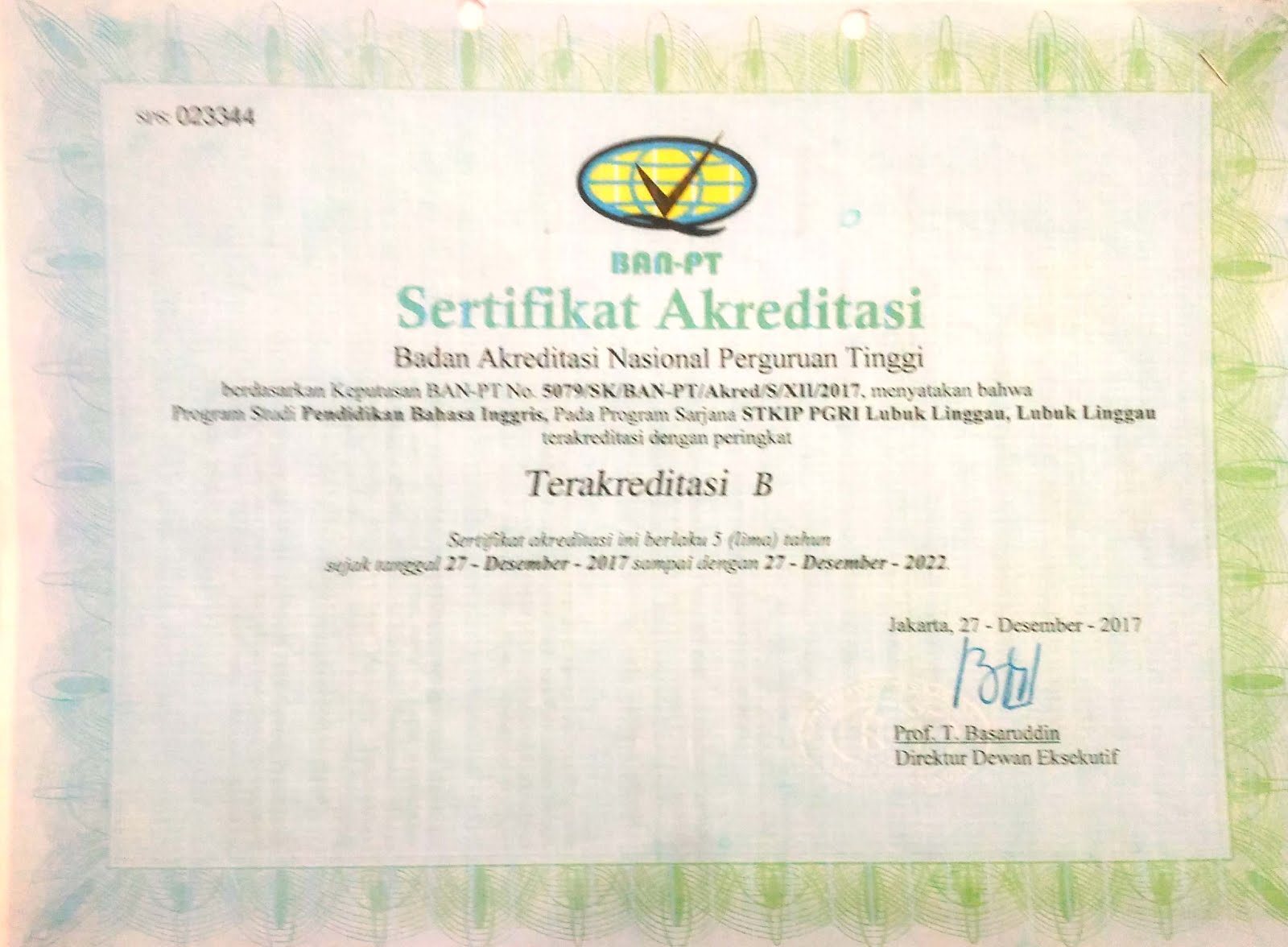Indonesia is an archipelagic country which has a wealth of diverse flora and fauna. In addition, this country with a tropical climate also has culture, traditions and customs that are widely known to foreign countries. One of the rich traditions possessed by the Indonesian people is traditional games.
Almost every region in Indonesia has a variety of traditional games, such as hide and seek, cublak-cublak suweng to gobak sodor. Besides being interesting and exciting to play this traditional game, it also has positive values in everyday life.
Some of the positive values that are obtained when playing traditional games are practicing cohesiveness, togetherness, mutual cooperation and mutual respect, such as the traditional game originating from Bugis and Makassar, it is Paraga.
Understanding the Paraga game
Paraga is a traditional game of the Bugis and Makassar tribes. This unique game is perhaps the only unique game in the world that features skill in playing ball with dance.
Paraga or football is an art sport that was born in the archipelago of South Sulawesi, originating from Bugis-Makassar. It is said that in the past this art sport could only be consumed by the royal family. At that time a man who is good at playing sports will be considered perfect. However, along with the times all levels of society can enjoy it now.
Paraga is a game that reflects local customs. Paraga is usually played by men, given the complex movements of the paraga and is an agility training movement. The background of the entry and spread of the art of sports in South Sulawesi was accompanied by the entry and spread of Islam in South Sulawesi in the 15th century. Football is used as a medium for the spread of Islam, with the public flocking to watch and indirectly become a forum for spreading Islam in South Sulawesi.
At first glance, the soccer ball is almost similar to the takraw ball because of the shape of the ball and the ball material made of rattan. However, what makes the difference between Sepak Takraw and Sepak Takraw is that if the takraw balls are only arranged in one layer of rattan, the sports balls are arranged in three layers. The difference between Sepak Takraw and Sepak Takraw is that Sepak Takraw is widely contested, however, it is different with soccer, which is specifically shown in its beauty on various occasions. Such as welcoming guests, celebrating ceremonies and other big day ceremonies.
How to play the game Paraga
Usually in paraga or soccer performances there are six dancers and four music players. All of them have their respective duties to harmonize with one another. One of the elements that must be trained in this sports kick is balance which is the capital to process the ball in such a way.
Especially in a compound movement formation that relies on teamwork so that the ball remains in their control.
Pa'sapu or head belt that is characteristic of the clothes worn by paraga players. The head belt is covered with starch to keep it upright when the paraga players work the ball. The clothes that the paragans wear are called the Bela clothes, while the musicians wear closed suits.
Do not forget the typical bugis silk sarong or so-called lipa sabbe to complement their appearance. And usually bright colored clothes will be chosen to attract the attention of the audience.
Togetherness and strong determination and mutual cooperation make the paragan players not just play. There are special values that want to be taught not only for the players but also for the audience. Soccer is an artistic heritage that must be preserved together because it has its own features that are not shared by other traditional arts.
By Rosalina Pitaloka
SRN (2118032)
ICT B
























